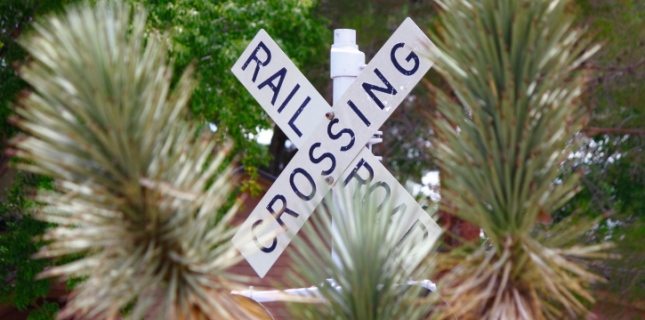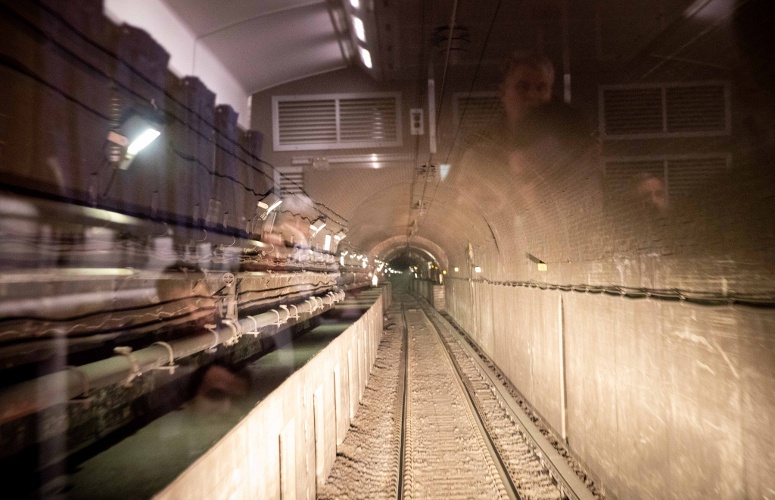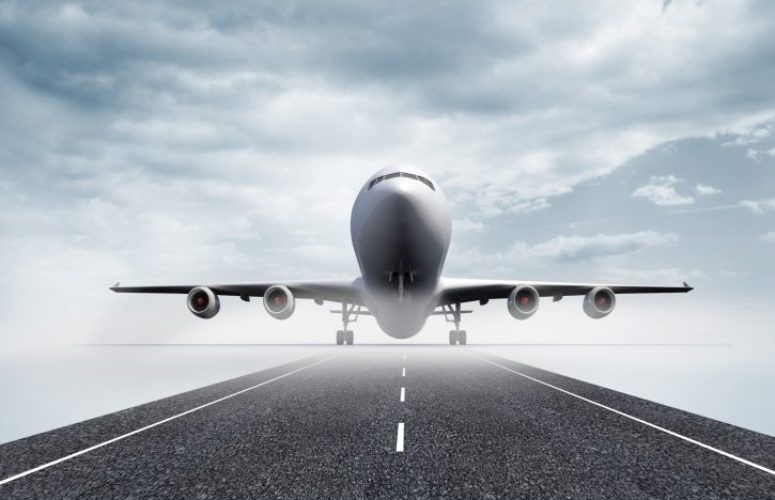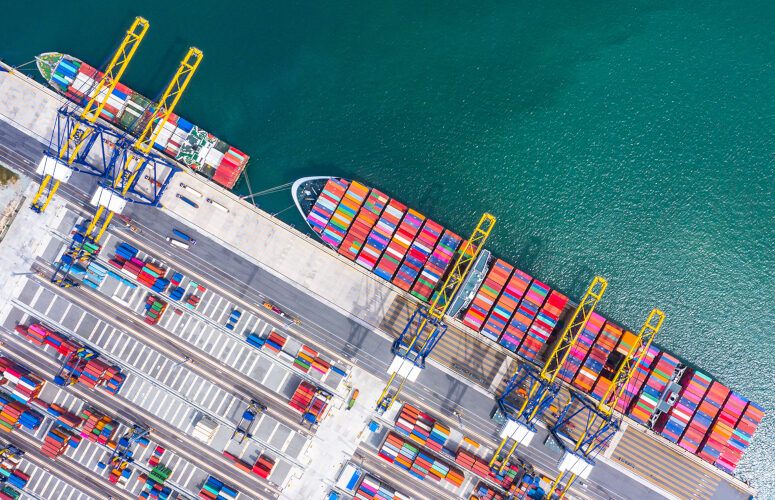
Port Authority Makes Largest Financial Commitment to the Gateway Program
On Oct 21, 2016Stepping up with the largest commitment of funding for the Gateway Program to date, the Port Authority’s Board of Commissioners today authorized more than $300 million toward a new Portal North Bridge, an essential early project in the overall effort to build a new trans-Hudson rail network.
The Port Authority’s commitment will pay debt service on a low-cost federal loan for the Portal North Bridge, a critical rail infrastructure component for trains into and out of New York City. The planned bridge project already is fully permitted with construction starting as early as 2018, an early part of the overall program of adding a second rail tunnel between New Jersey and Midtown Manhattan.
Earlier this year, the Port Authority authorized $35 million, in addition to $35 million from Amtrak, in funding for critical preliminary engineering work for the Hudson Tunnel Project, which is widely regarded as the nation’s most important infrastructure project.
The agreement announced today will cover the principal, interest and related costs of low-interest federal loans obtained by the Gateway Program Development Corporation (GPDC) for a portion of the local share of the estimated $1.5 billion cost of replacing the existing Portal Bridge. The obsolete 106-year-old structure, which spans the Hackensack River, handles 450 NJ TRANSIT and Amtrak trains and more than 200,000 passengers each day. The bridge’s frequent mechanical failures interrupt service on the Northeast Corridor, cutting off New York from a vast portion of the nation’s passenger rail network.
Payments made by the Port Authority to GPDC, to be spread over 35-40 years, will support the repayment of up to $284 million in federal loans from the Railroad Rehabilitation and Improvement Financing (RRIF) Program and/or the Transportation Infrastructure Financing Act (TIFIA) Program. The GPDC, which is in the process of being incorporated, will be responsible for advancing the Portal North Bridge, along with the Hudson Tunnel Project to create a second rail tunnel between Midtown Manhattan and New Jersey.
“The Gateway Program is critical to meeting future trans-Hudson travel needs and supporting the economic vitality of the region and today’s action moves this vital effort forward,” said Board Chairman John Degnan. “This enhanced regional rail network will modernize our transportation system and benefit hundreds of thousands of train passengers every day.”
“This is a critical first step in the Port Authority’s commitment to Phase I of the Gateway program, which includes a new Portal Bridge and a new rail tunnel under the Hudson River,” said Vice Chairman Steven M. Cohen. “Today’s commitment represents the single largest funding contribution towards the overall program and it will be followed by substantial federal funding in the months ahead.”
Under the terms of the resolution passed today, the Port Authority will not be responsible for any cost overruns or funding gaps related to the Portal North Bridge project. A cap of $284 million will be placed on the loan’s principal repaid by the Port Authority, with another cap of $18 million on fees or other loan expenses paid to the U.S. Department of Transportation.
The project has made preliminary applications for, and is in discussions with, federal government on 50 percent of Gateway costs to be funded by the federal government, including the Portal North Bridge project, with the remainder coming from state and local sources. The new bridge is an early element of the Gateway Program’s Phase 1, which also includes the Hudson Tunnel Project and the completion of the Hudson Yards Concrete Casing in Manhattan’s West Side. The entirety of Phase 1 has been accepted into the “New Starts” grants pipeline and is expected to receive billions of dollars in federal funds as a result.
The existing rail tunnel between New Jersey and Manhattan, which serves NJ TRANSIT and Amtrak trains using New York’s Penn Station, was built more than a century ago and sustained significant damage from Superstorm Sandy. Transportation experts warn the region will suffer significant economic harm should the existing tunnel fail before a second tunnel is completed.
Related Articles:





